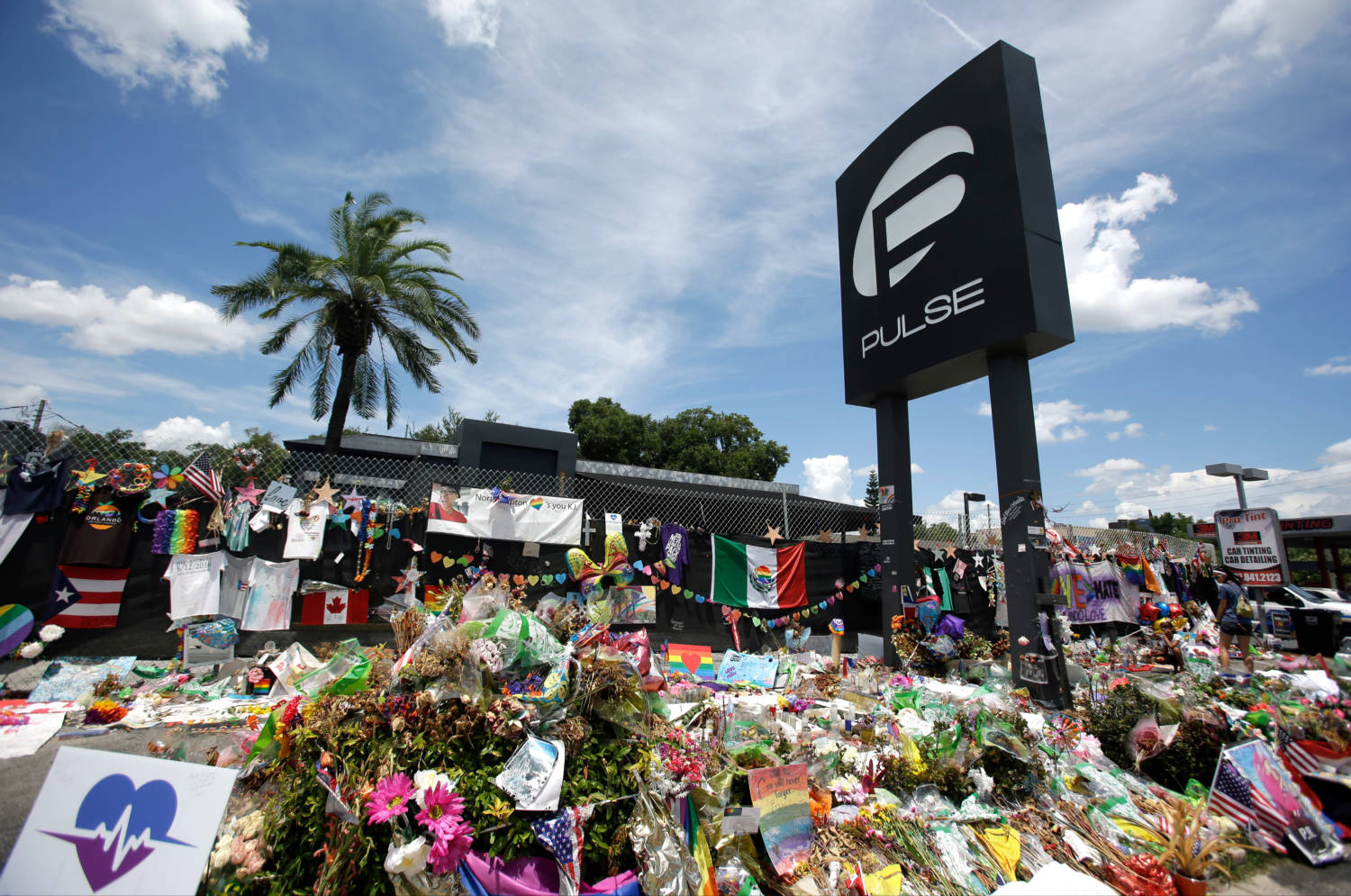Along with social media, local journalists have a strong influence over community reactions to terrorist attacks, according to a new report analyzing the recent mass shooting in Orlando.
The report, released today by the nonpartisan think tank New America, examines the changing role of social media and journalism in shaping Americans’ response to terrorism.
The report shows how the media has changed the ways it covers terrorist attacks, from the 1993 bombing at the World Trade Center in New York City to the June attack at Orlando’s Pulse nightclub that killed 49. Here’s a quick look at that timeline:
- Coverage of the 1993 World Trade Center attack was dominated by coverage from TV and radio. At the time, just 14 percent of adults had access to the internet.
- By 1995, live TV coverage led news of the Oklahoma City bombing. One station, KWTV, was live two minutes after the bombing. National stations were live within the hour. Challenges included unvetted and gruesome reports, as well as an early report that wrongly blamed an Islamic group for the attack.
- On Sept. 11, 2001, CNN began coverage of the terrorist attacks in New York City three minutes after the first plane hit the North Tower. This time, cellphones added to coverage in a way they hadn’t in the past.
- On April 15, 2013, the report notes that social media played a critical, although flawed, role in getting information about after the Boston Marathon bombing, including early reporting that misidentified one of the suspects.
The report looks in detail at the Pulse shooting and the role that social media, particularly Facebook, played for everyone involved, from the shooter to victims to law enforcement to the media.John Cutter, managing editor of the Orlando Sentinel, was interviewed for the report. Technology has changed newsgathering a lot even in the last few years, he told Poynter via email.
“The use of smartphones and all they can do — from updating social media to monitoring other media to taking photos and editing video — is a biggest change, even from a few years ago.” he said. “We also used them to livestream, plus we had our Dejero backpack. It gave us capabilities from the field that we didn’t used to have.”
The report, which also looks at the political and community impact of the Pulse shooting, offers five recommendations. One specifically about journalists is entitled “Empower Local Press.”
Even though traditional media is no longer the sole gatekeeper for news coverage, it still has a strong influence over public responses to terrorism, including in the case of Orlando. There are no set guidelines at most media outlets for how to cover such attacks, however, and individual judgment often comes into play. As members of the community themselves, local reporters and editors may differ from national reporters and editors on what they consider newsworthy, and play a particularly important role in public resilience and recovery.
From the beginning of its coverage, the Sentinel didn’t treat the shooting story as a national or international one, he said. Instead, it was about the journalists’ neighbors and friends.
“The advantage, if that is the right word, to being the local news organization is we know more about them — we understand a little better what it means to be LGBTQ in Orlando or Latino in Central Florida,” he said. “Certainly, I know we are not perfect in coverage of those communities, but living here allowed us to have more context and subtleness to our coverage.”
It also allowed the Sentinel to avoid clichés that came with coverage of Orlando, including painting it as merely the land of Disney, tourists and retirees. Cutter does think the newsroom missed an opportunity to connect with the community using Facebook Live, more remote live video and that they were stretched to cover not just one major breaking news event, but three in one week with the murder of singer Christina Grimmie and the deadly alligator attack at a Disney resort.
“Although we covered it in Orlando Sentinel and our Spanish language El Sentinel and did good work, I look back and wonder if we did enough about the impact on the Latino community quickly enough,” Cutter said.
The report, which cites Poynter reporting as a resource, points out that a local advantage may not be enough to save shrinking newsrooms, but “ironically, local media’s use of social media and other new technologies may be helping them compete…”
You can read the full report here. New America will present “Orlando and Civic Resilience to Terrorism” on Tuesday in Washington D.C., with guests including Orlando’s Mayor Buddy Dyer, Juliette Kayyem, a CNN national security analyst. You can watch a livestream of the event here.







